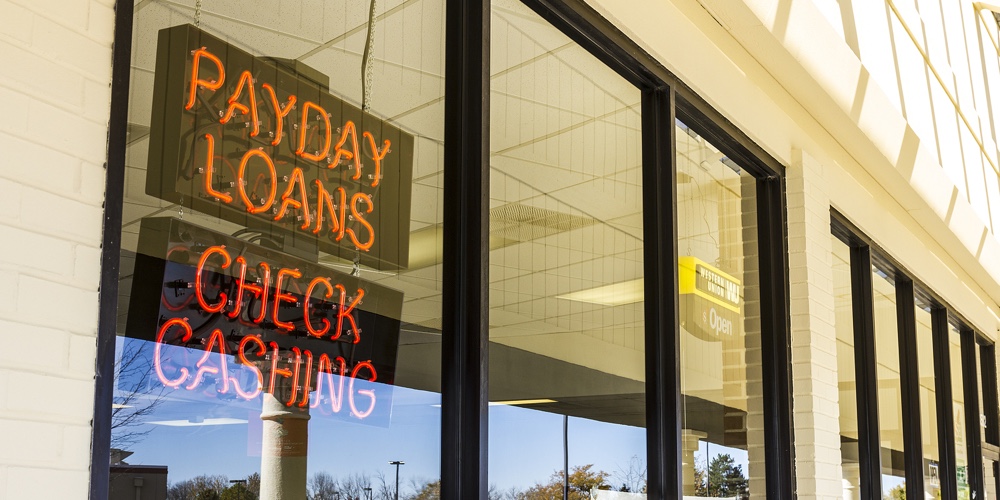Digital payday loan ads: A new financial health challenge

As we stated on last week’s blog on “rent-a-banks,” the battle against the slippery predatory payday lenders is a long one; like a costly game of Whack-A-Mole, their wealthy backers and Washington lobbyists continue to find loop-holes to take advantage of vulnerable, underserved Americans. Only this time they’re utilizing digital payday loan ads on social media to form a narrative by making dishonest claims promising immediate cash without credit checks, late fees, or interest rates. In many instances, they’re getting around the rules of the social platforms themselves.
Digital payday loan ads always know who to target
A late-2022 PYMTS report surveying 4,000 individuals between December 8-23 found that the number of Americans living paycheck-to-paycheck increased over the course of 2022, with almost two-thirds of Americans – or roughly 64 percent – claiming they do so. The report discovered the number is about 9.3 million more than 2021 and includes around 8 million people earning more than $100,000 per year. Does that last number surprise you? It probably shouldn’t; Nearly one in three American workers earning more than $100,000 per year run out of money before payday, according to an October 2022 CNBC report.
Looking ahead, about a third of respondents in the report believe their financial situation will stay the same while 27 percent believe their situation will get worse, citing inflation and present economic uncertainties floating around. About 75 percent believed inflation was or will be the main culprit. It’s a frustrating state to witness: So many consumers don’t trust the mainstream financial system, yet that system – particularly the member-owner credit union infrastructure – is specifically structured to benefit its members’ financial health and inclusion goals.
continue reading »
